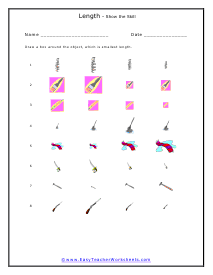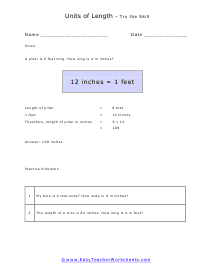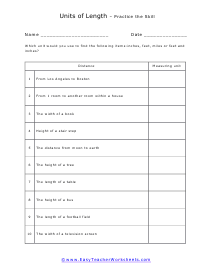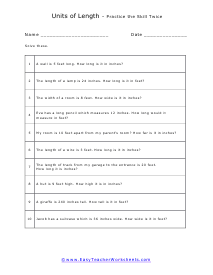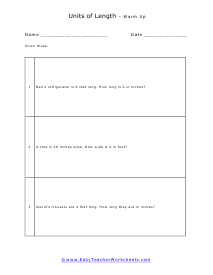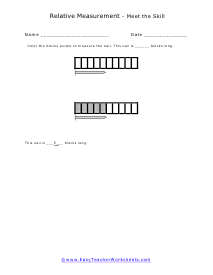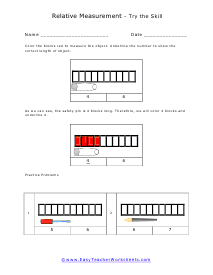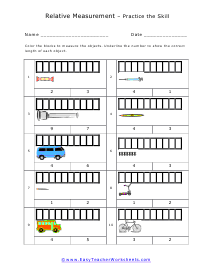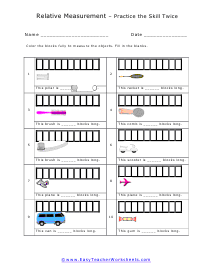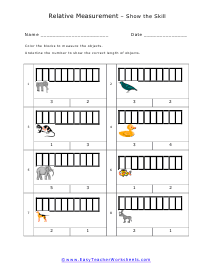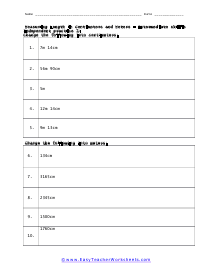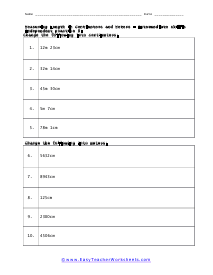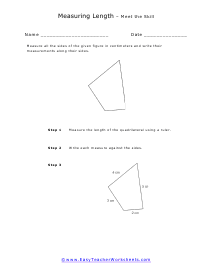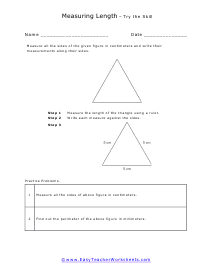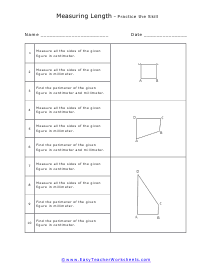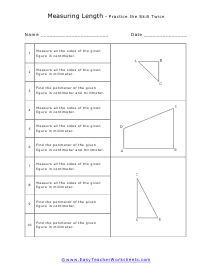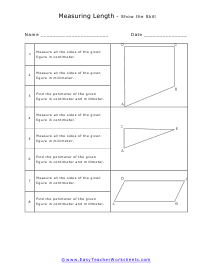What Are the Common Tools for Measuring Length? We know that there are different types of birds alive in the world today. Sparrows, crows, eagles, kiwis, and many more. But they are all part of the bird group in the animal kingdom because they follow some basic features needed to be a part of the bird's group. Similar to that, in math, we use a system of measurement called the metric system. The metric system helps us in identifying the units for measuring quantities such as weight, mass, length. Do you know what length is? Let us help! In the simplest words, the length of an object is the measurement of the extent of the object from one end to the other. According to the metric system, the most common units of measurement for length are millimeter, centimeter, meter, and kilometer. The smallest unit for the measurement of length is known as a millimeter. A millimeter is used to measure something very small such as a seed. It is abbreviated as mm. Next to mm, comes centimeter. There are 10 mms in a centimeter. It is abbreviated as cm. The next unit for the measurement of length is meter. One meter is much longer than a cm and is used to measure longer distances or bigger objects such as pools or rooms. Meter is abbreviated as m. The biggest unit for the measurement of length is known as a kilometer. A kilometer is used to measure very long distances, such as the distance from your house to your school. Kilometer is abbreviated as km.
This collection of worksheets will have you comparing the length of various objects. You will be asked to gauge the relative covered by the objects and sort them for least to greatest or vice versa. This is a skill that students use every day, but really do not know that they are even proficient at. We also have students use rulers with this collection of sheets. These worksheets explain how to work with length using visual aids. Students will compare simple drawings, convert units, work with Imperial and Metric, color blocks to match length, and more.










































